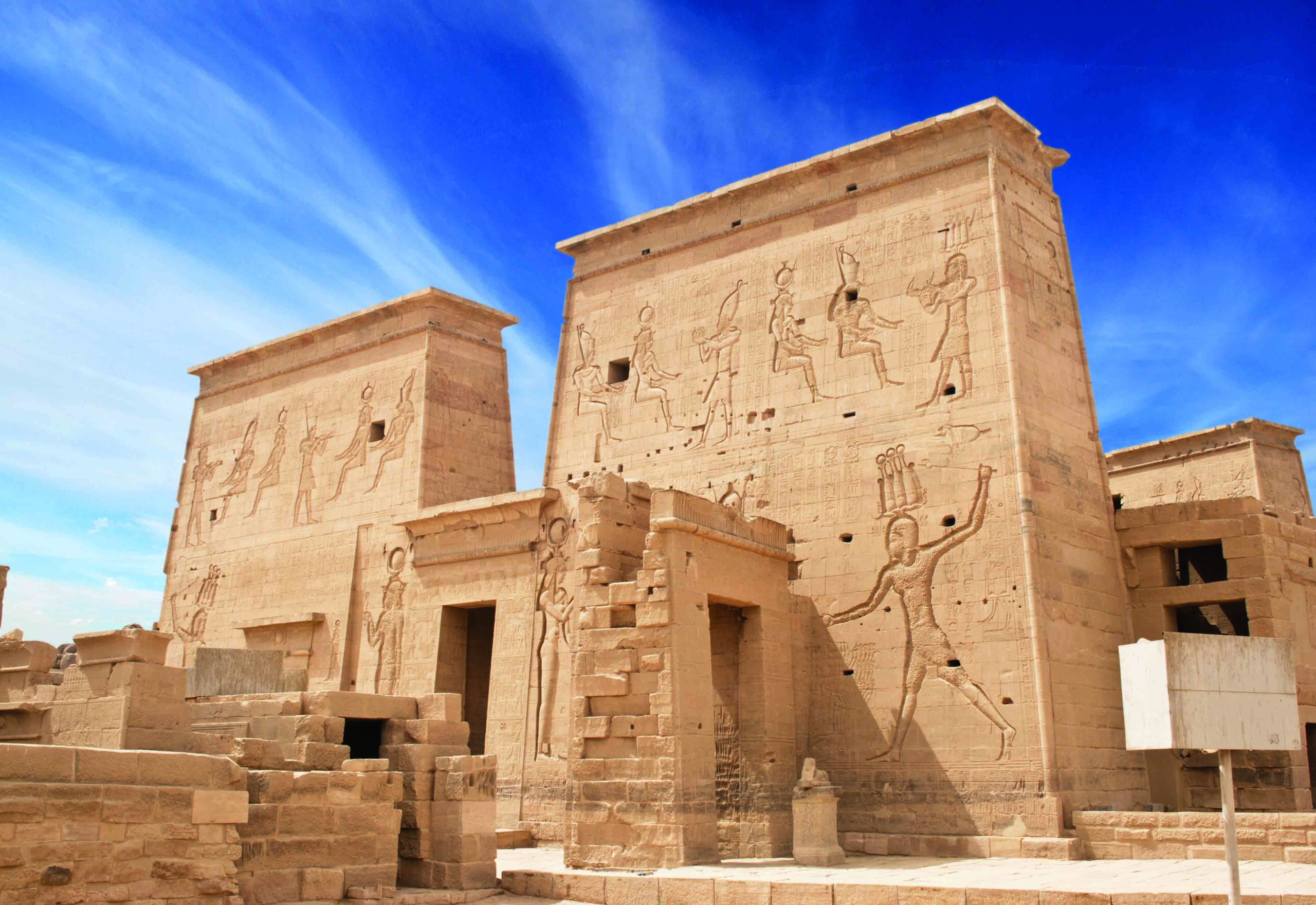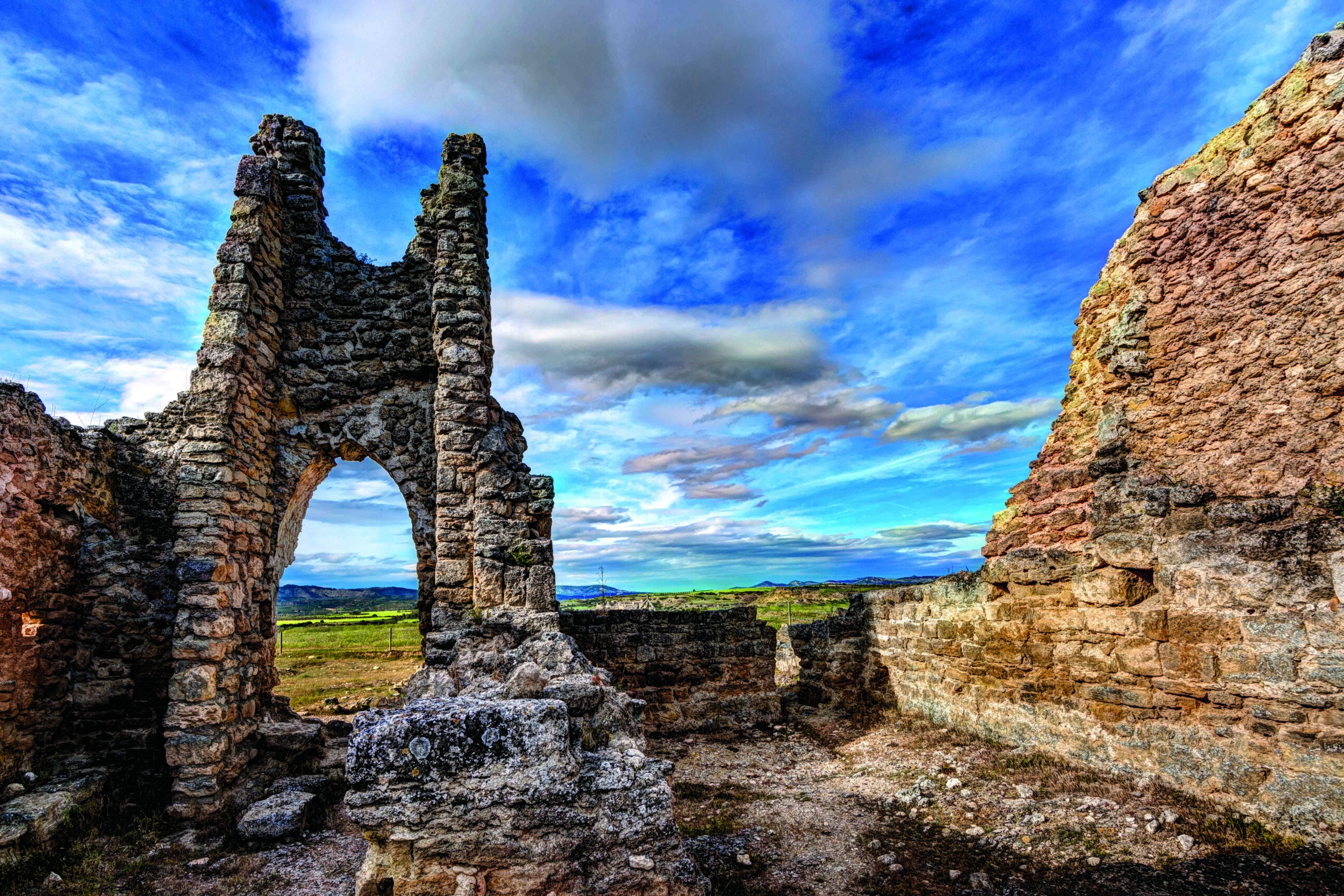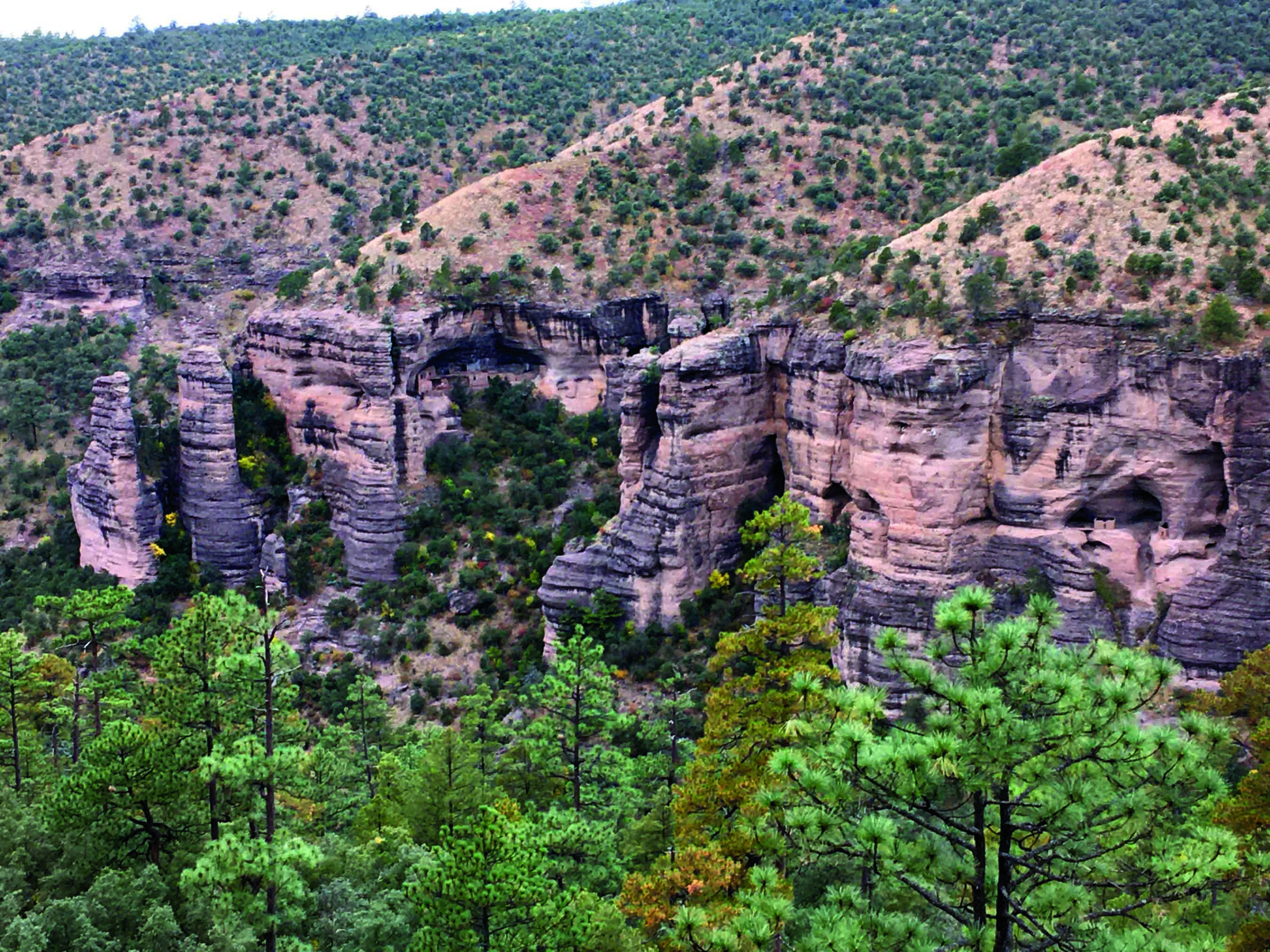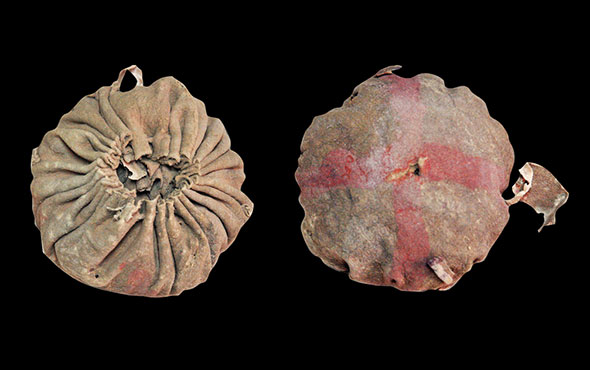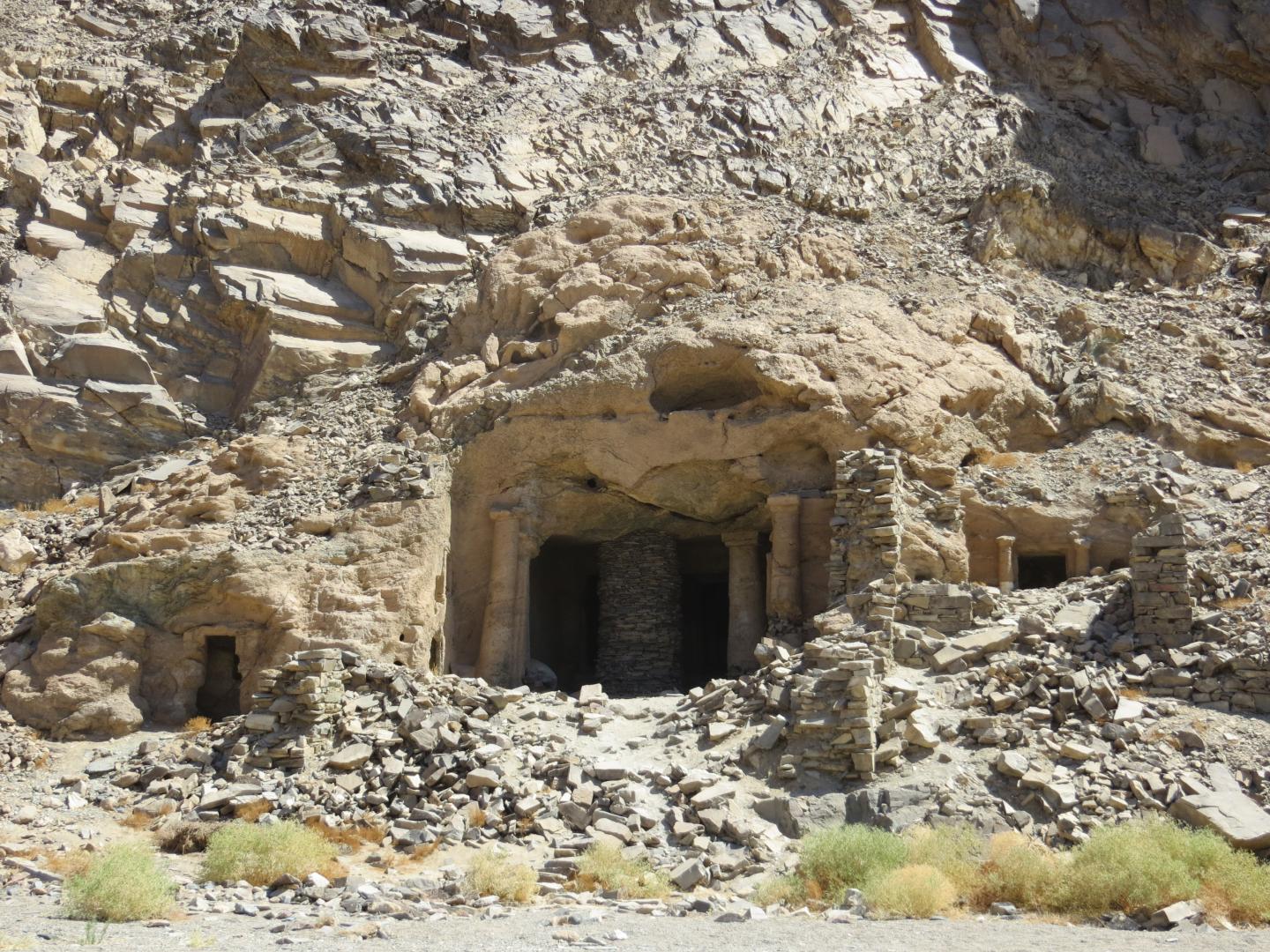
CHICAGO, ILLINOIS—According to a statement released by the University of Chicago Press Journals, a team of researchers including J. Oller Guzmán, D. Fernández Abella, V. Trevín Pita, O. Achon Casas, and S. García-Dils de la Vega has investigated three buildings at Wadi Sikait, a Roman-era emerald mine in Egypt’s eastern desert. In the first structure, thought to have been used as a temple between the first and the fourth and fifth centuries A.D., members of the excavation team uncovered 19 coins, incense burners, bronze and steatite figurines, bones, terracotta body parts, and amulets. Hieroglyphs and artifacts discovered in the structure’s inner shrines suggest some areas of the temple may be older. Another structure, once thought to have been related to mining activities, is now thought to have served as storage or living space. The researchers concluded that Sikait could be linked to other Roman imperial emerald mines in the eastern desert, which also featured religious areas. To read about the world's oldest geological map that depicts a riverbed in the eastern desert, go to "Mapping the Past: The Goldmine Papyrus."



